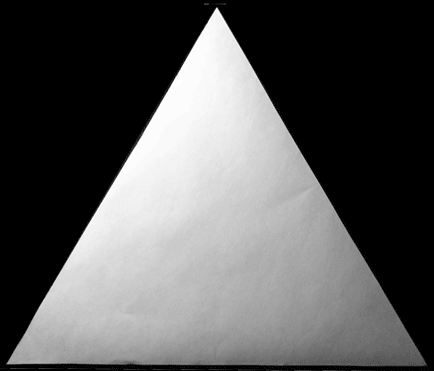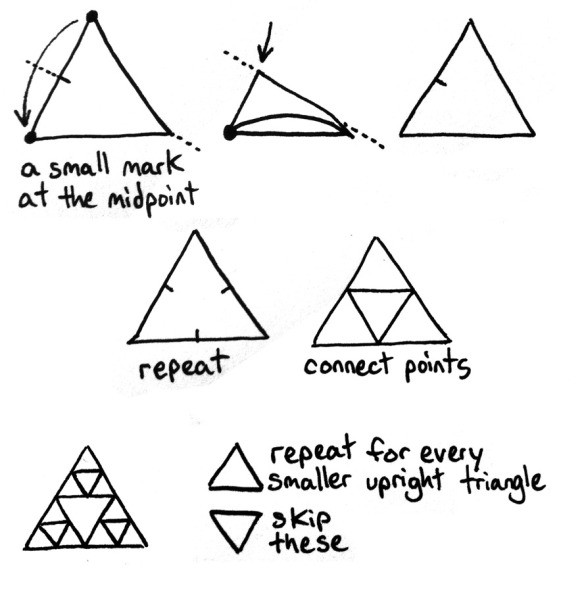Category Archives: quick tricks
equilateral triangles
Shapes
There exists a hierarchy with regards to symmetry. Some forms are more perfect than others, and should be offered precedence under few axioms.
– Being three-dimensional creatures, an interaction with other three-dimensional forms is most perceivable.
– Two dimensional and one dimensional shapes are more comprehendible than those in four or five or more dimensions.
– Symmetry is qualitative
3 dimensions:
Despite the overwhelming amout of interdisciplinary study which has taken place on these forms for thousands of years, they are incredibly symmetrical and simple.
When holding one, allow your attention to either flow from the faces to the lines to the points, or the reverse. points are a natural beginning (the 0 dimension) but harder to grasp, two points make a line, and three or more lines make the edges of a face, the most tangible part of these shapes.
2 Dimensions:
We can only depict two dimensional shapes in theory. A square piece of origami paper is actually a rectangular prism, with a length, width, and height. The next group of shapes that becomes available are the regular polygons, infinite in number:
4 Dimensions:
To understand the flowing nature of time, it’s easiest by studying cross sections of it:

the most information is needed to represent small pieces of 4th dimensional objects, the more labor intensive of the three.
These equally important shapes represent the highest forms of symmetry within each dimension.
(fold paper in thirds – the two folds are co-dependent) (understand ratio, the golden ratio)














